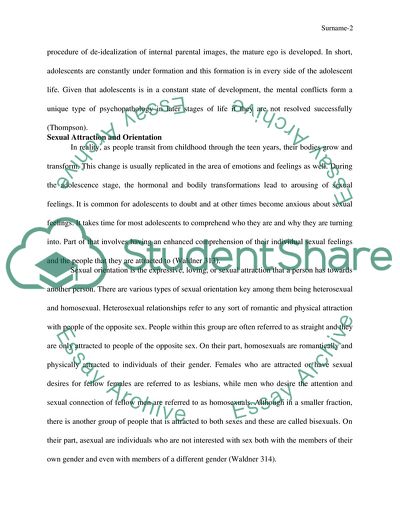Cite this document
(Sexuality in Adolescence Coursework Example | Topics and Well Written Essays - 2500 words, n.d.)
Sexuality in Adolescence Coursework Example | Topics and Well Written Essays - 2500 words. https://studentshare.org/psychology/1812612-sexuality
Sexuality in Adolescence Coursework Example | Topics and Well Written Essays - 2500 words. https://studentshare.org/psychology/1812612-sexuality
(Sexuality in Adolescence Coursework Example | Topics and Well Written Essays - 2500 Words)
Sexuality in Adolescence Coursework Example | Topics and Well Written Essays - 2500 Words. https://studentshare.org/psychology/1812612-sexuality.
Sexuality in Adolescence Coursework Example | Topics and Well Written Essays - 2500 Words. https://studentshare.org/psychology/1812612-sexuality.
“Sexuality in Adolescence Coursework Example | Topics and Well Written Essays - 2500 Words”. https://studentshare.org/psychology/1812612-sexuality.


